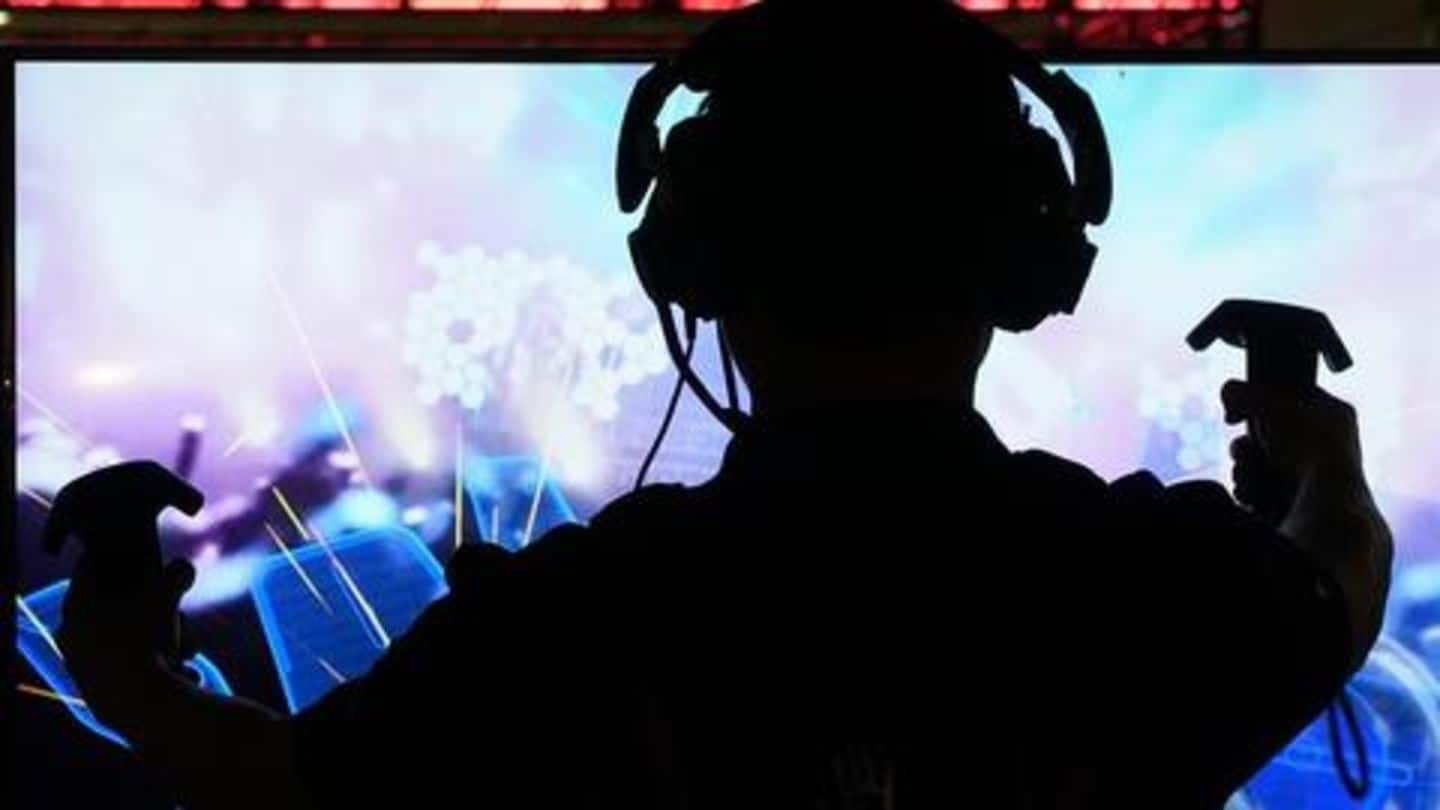
Soon, Facebook's device will help you 'feel' VR games
What's the story
As VR continues to go mainstream (with game, gyms, and spas), Facebook is doing everything it can to establish its footprint in the arena. The company already sells Oculus VR headsets, and now, it is working on a device that would bridge the gap between real and virtual worlds by letting you 'feel' the actions taken in VR. Here's what it means.
Tasbi
Tasbi wrist band for feeling in-game actions
Just recently, UploadVR reported Facebook's Reality Lab team is developing a bangle called Tasbi. The device has been designed to use haptic feedback of different kinds - controlled squeezes and vibrations - to let you feel what you are doing inside a virtual reality game. This would replicate in-game actions, letting you feel the sensation of push buttons, touching a surface or picking objects.
Possibility
This would make VR games pretty realistic
Though the device is a prototype, its advancement could make VR gaming more interactive. Basically, by wearing the wrist bangle, you could have the feeling of touching things that aren't there or performing actions while doing them in virtual reality. The experience would be amazing, but it's also worth noting that the mechanics behind the bangle still remain unclear.
Information
It could use computer vision to detect hand, finger motion
The wrist band will replicate sensation from VR but it won't track the movement of your hand/fingers, the report suggests. This would either be handled by computer vision software analyzing hand movement captured by the headset or by detecting minute electric signals transmitted to hand/fingers.
Launch
However, no word on launch of the device yet
As of now, there is no word on when we will see the VR bangle capable of squeezing and vibrating wrists in action. Facebook says it will publish the research paper detailing the full function of the prototype in the near future, but there is no way to say when or if it will be launched for VR gamers like you and me.
Information
Facebook is also working on BCIs to navigate VR
Facebook's VR ambitions don't end here as the company is also said to be working on a brain-computer interface that would read brain signals and let users navigate in virtual reality without any movement whatsoever.